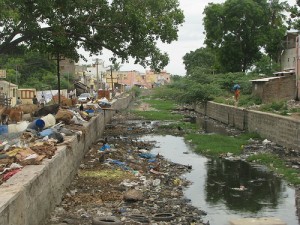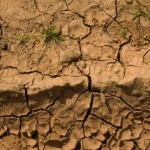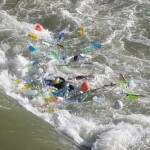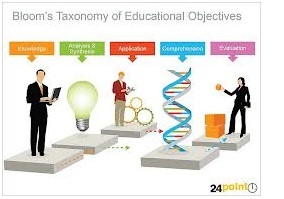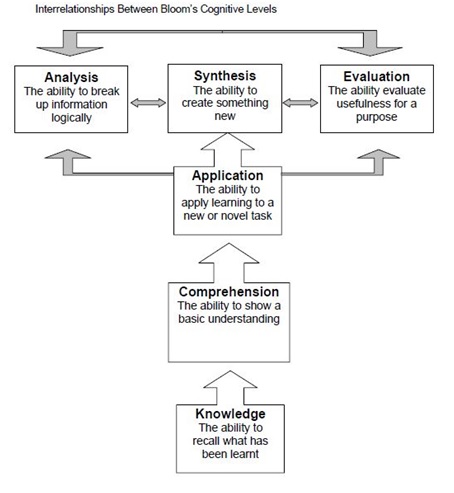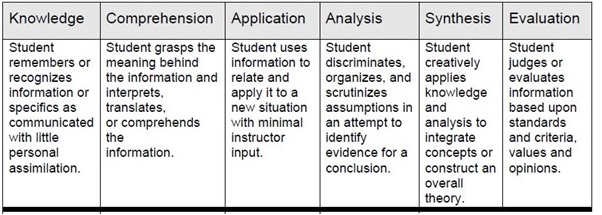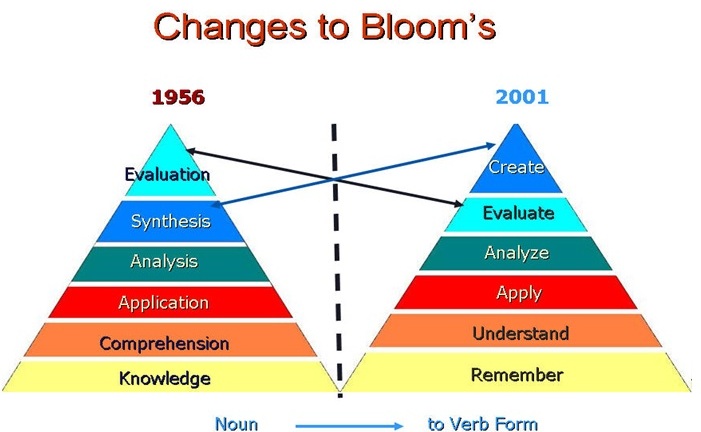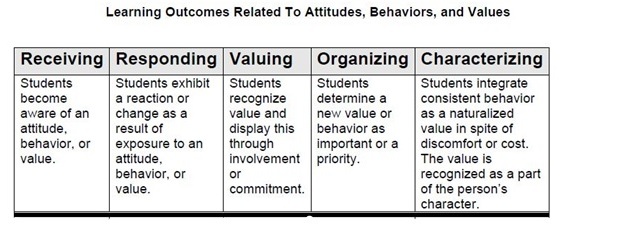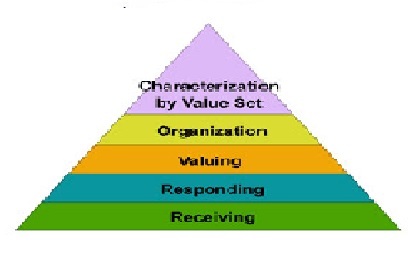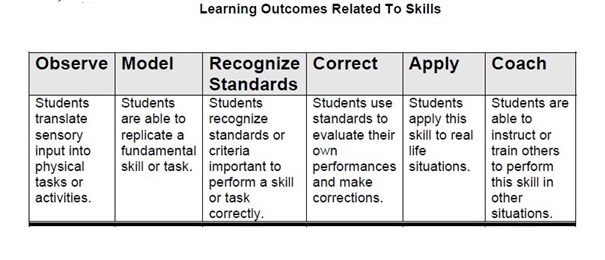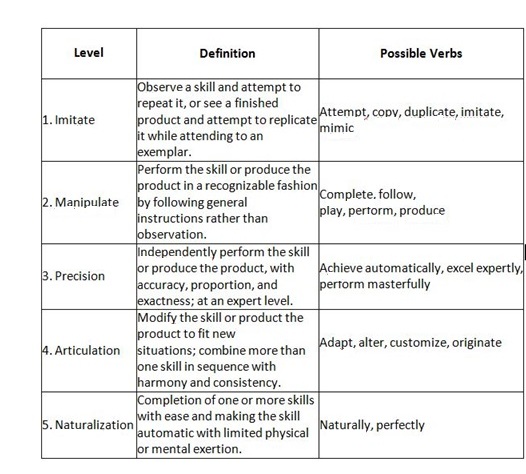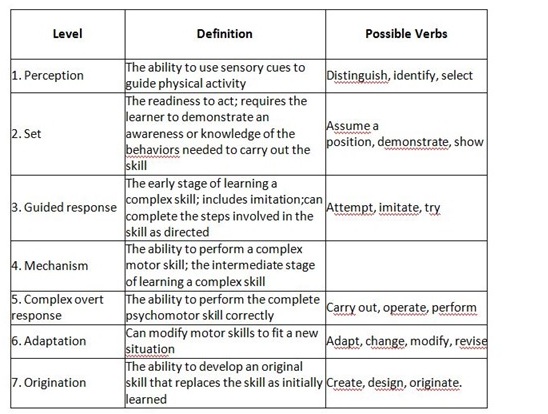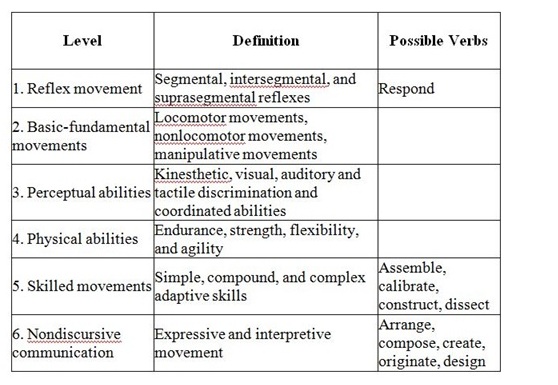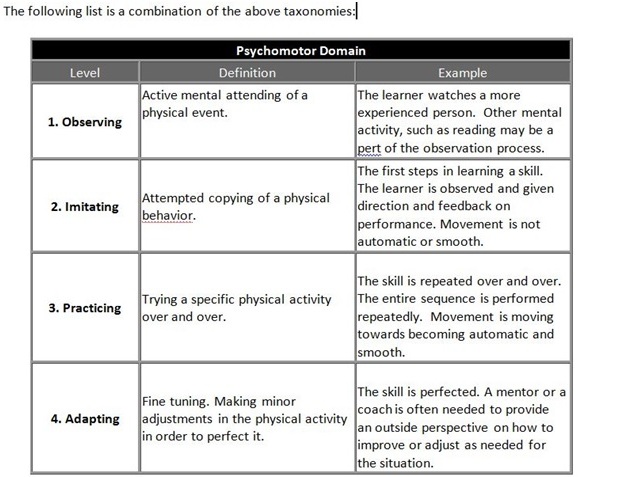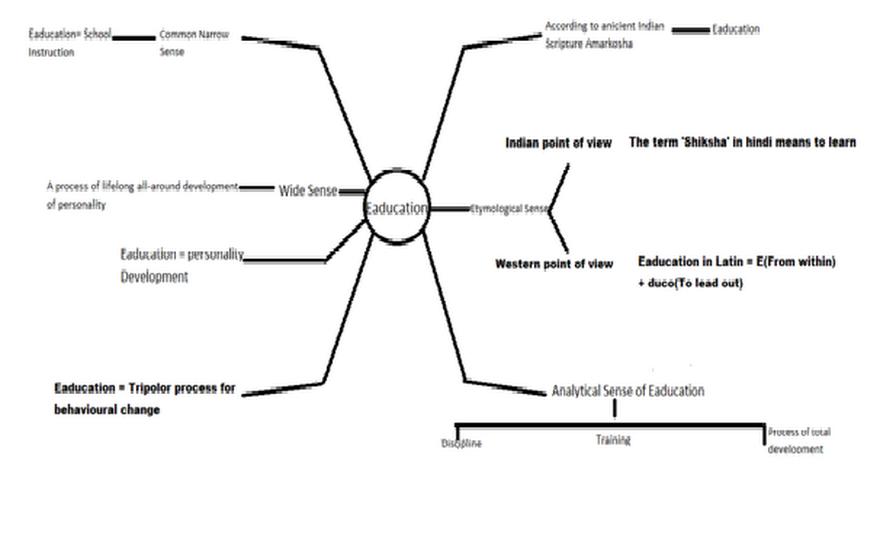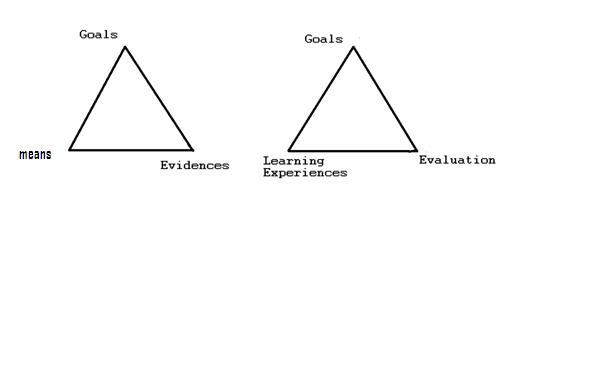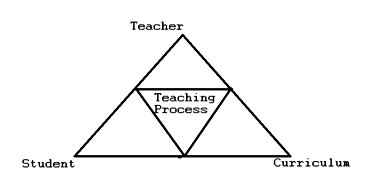Dr. V.K.Maheshwari, M.A. (Socio, Phil) B.Sc. M. Ed, Ph.D. Former Principal, K.L.D.A.V.(P.G) College, Roorkee, India
Mrs Sudha Rani Maheshwari, M.Sc (Zoology), B.Ed. Former Principal. A.K.P.I.College, Roorkee, India
The word environment is derived from the French word “environ”. The meaning of the French word is somewhat related to “encompass” “encircle” etc. It is believed to have been introduced into the subject by biologist Jacob Van Erkul in the early 1900s.
Environment is the computation of all existing factors and non living factors that compile the surroundings of man. The external factors affecting an organism are also called as Environment Literary environment means the surrounding external conditions influencing development or growth of people, animal or plants; living or working conditions etc. Everything which surrounds us may collectively be termed as the Environment. This involves three questions
1. What is surrounded
The answer to this question is living objects in general and man in particular.
2. By what surrounded
The physical attributes are the answer to this question, which become environment. In fact, the concern of all education is the environment of man. However, man cannot exist or be understood in isolation from the other forms of life and from plant life. Hence, environment refers to the sum total of condition, which surrounds point in space and time. The scope of the term Environment has been changing and widening by the passage of time. In the primitive age, the environment consisted of only physical aspects of the planted earth’ land, air and water as biological communities. As the time passed on man extended his environment through his social, economic and political functions.
3. Where Surrounded
It is in nature that physical component of the plant earth, viz land, air, water etc., support and affect life in the biosphere. Environment is the representative of physical components of the earth where in man is an important factor affecting the environment.
Definitions of Environment:
‘Environment’, this word has a great importance in our life. The simple definition of environment is the ‘surrounding’. It is what surrounds a thing. We can also define it as “environment is the combination of all of physical and organic factors that act on a living being, residents, or ecological society and power its endurance and growth”.
Some important definitions of environment are as under:
1. Boring: ‘A person’s environment consists of the sum total of the stimulation which he receives from his conception until his death.’ It can be concluded from the above definition that Environment comprises various types of forces such as physical, intellectual, economic, political, cultural, social, moral and emotional. Environment is the sum total of all the external forces, influences and conditions, which affect the life, nature, behaviour and the growth, development and maturation of living organisms.
2. Douglas and Holland: ‘The term environment is used to describe, in the aggregate, all the external forces, influences and conditions, which affect the life, nature, behaviour and the growth, development and maturity of living organisms.’
Thus our environment can be defined as the physical, chemical and biological world that surround us as well as the complex of social and cultural conditions affecting an individual or community. This broad definition includes the natural world and the technological environment as well as the cultural and social contexts that shape human lives. It includes all factors living and nonliving that affect an individual organism or population at any point in the life cycle; set of circumstances surrounding a particular occurrence and all the things that surrounds us.
Thus we can conclude:
1)That environment can be defined as the natural surroundings of that organism which directly or indirectly influences the growth and development of the organism.
2)That environment is defined as the surroundings in which an organization operates including air, water, land and natural resources, flora, fauna, humans and their inter relations
3) That environment is the sum total of all living and non living factors that compose the surroundings of man
Importance of Environment Studies
The environment studies enlighten us, about the importance of protection and conservation of our indiscriminate release of pollution into the environment. At present a great number of environment issues, have grown in size and complexity day by day, threatening the survival of mankind on earth. We study about these issues besides and effective suggestions in the Environment Studies. Environment studies have become significant for the following reasons:
1. Environment Issues Being of International Importance
It has been well recognised that environment issues like global warming and ozone depletion, acid rain, marine pollution and biodiversity are not merely national issues but are global issues and hence must be tackled with international efforts and cooperation.
2. Problems Cropped in the Wake of Development
Development, in its wake gave birth to Urbanization, Industrial Growth, Transportation Systems, Agriculture and Housing etc. However, it has become phased out in the developed world. The North, to cleanse their own environment has, fact fully, managed to move ‘dirty’ factories of South. When the West developed, it did so perhaps in ignorance of the environmental impact of its activities. Evidently such a path is neither practicable nor desirable, even if developing world follows that.
3. Explosively Increase in Pollution
World census reflects that one in every seven persons in this planted lives in India. Evidently with 16 per cent of the world’s population and only 2.4 per cent of its land area, there is a heavy pressure on the natural resources including land. Agricultural experts have recognized soils health problems like deficiency of micronutrients and organic matter, soil salinity and damage of soil structure.
4. Need for an Alternative Solution
It is essential, especially for developing countries to find alternative paths to an alternative goal. We need a goal as under:
(1) A goal, which ultimately is the true goal of development an environmentally sound and sustainable development.
(2) A goal common to all citizens of our earth.
(3) A goal distant from the developing world in the manner it is from the over-consuming wasteful societies of the “developed” world.
5. Need to Save Humanity from Extinction
It is incumbent upon us to save the humanity from extinction. Consequent to our activitiesconstricting the environment and depleting the biosphere, in the name of development.
6. Need for Wise Planning of Development
Our survival and sustenance depend. Resources withdraw, processing and use of the product have all to by synchronised with the ecological cycles in any plan of development our actions should be planned ecologically for the sustenance of the environment and development.
Elements of Environment
Environment is constituted by the interacting systems of physical, biological and cultural elements inter-related in various ways, individually as well as collectively. These elements may be explained as under:
(1) Physical elements
Physical elements are as space, landforms, water bodies, climate soils, rocks and minerals. They determine the variable character of the human habitat, its opportunities as well as limitations.
(2) Biological elements
Biological elements such as plants, animals, microorganisms and men constitute the biosphere.
(3) Cultural elements
Cultural elements such as economic, social and political elements are essentially manmade features, which make cultural milieu.
Structures of Environment
Environment is both physical and biological. It includes both living and non-living components.
(A) Physical Environment
The Physical Environment is classified into three broad categories viz.
(i) Solid,
(ii) Liquid
(iii) Gas.
These represent the following spheres:
(i) The lithosphere (solid earth)
(ii) The hydrosphere (water component) and
(iii) The atmosphere
As such, the three basic of physical environment may be termed as under:
(i) Lithospheric Environment
(ii) Hydrospheric Environment
(iii) Atmospheric Environment
The scientists have classified them into smaller units based on different spatial scales,e.g.
(i) Mountain Environment
(ii) Glacier Environment
(iii) Plateau Environment
(iv )Coastal Environment
(B) Biological Environment
The biological of the environment consists of:
(i) Plants (flora)
(ii) Animals (fauna).
The biotic environment is further divided into floral environment and faunal environment. All the organisms work to form their social groups and organizations at several levels. Thus, the social environment is formed. In this social environment the organisms work to derive matter from the physical environment for their sustenance and development.
This process gives birth to economic environment. Man claims to be most skilled and civilized of all the organisms. This is the reason why his social organisation is most systematic.
The three aspects of man, e.g. physical, social and economic, function in the biotic environment as under:
(i) The Physical Man
The ‘Physical Man’ is one of the organisms populations or biological community. He is in need of basic elements of the physical environment like habitat (space), air, water and food. Besides, like other biological populations, he releases wastes into the ecosystem.
(ii) The Social Man
The ‘Social Man’ performs the following functions:
(a) Establishing social institutions,
(b) Forming social organisations,
(c) Formulating laws, principles and policies,
(d) Taking steps to safeguard his existence, interest and social welfare.
(iii) The Economic Man
The economic man derives and utilises resources from the physical and biotic environment with his skills and technologies. The economic function makes the man an environment/ geomorphic process as he transports matter and energy from one component of the ecosystem to the other. There may be any following two situations:
(a) His exploitative functions may be in harmony with the natural environment. Such, functions do not necessarily involve change in the working of the ecosystem.
(b) These functions may exceed the critical limit. Consequently, the equilibrium of the environment/ecosystem is disturbed and a great number of environment and ecological problems crop up. These are detrimental to man him besides to whole population of human species in a given ecosystem.
Objective of studying environment
Objective of studying environment is to develop concern for our own environment which will lead us to act at our own live l to protect the environment we all live in. There are three reasons for studying the state of the environment.
The first is the need for information that clarifies modern environmental concepts like equitable use of natural resources, more sustainable life styles etc.
Second, there is a need to change the way in which we view our own environment, using practical approach based on observation and self learning.
Third, there is a need to create a concern for environment that will trigger pro-environmental action, including simple activities in daily life to protect it.
Classification of Environment
There are two types of environments:
1. Natural environment
2. Man made environment
Natural Environment:
The environment in its original form without the interference of human beings is known as natural environment. It operates through self regulating mechanism called homeostasis i.e, any change in the natural ecosystem brought about by natural processes is counter balanced by changes in other components of environment.
Man made or Anthropogenic Environment:
The environment changed or modified by the interference of human beings is called man made environment. Man is the most evolved creature on this earth. He is modifying the environment according to his requirements without bothering for its consequences. Increased technologies and population explosion are deteriorating the environment more and more.
The two major classifications of environment are :
(A) Physical Environment: External physical factors like Air, Water, and Land etc. This is also called the abiotic Environment.
(B) Living Environment: All living organisms around us viz. plants, animals, and microorganisms. This is also called the Biotic Environment.
Components of Environment
The conflict of words and thoughts between scientists of European origin and American origin has had its toll on the subject of environment. For the same topic, they may have different names and different philosophies. When we say, components of environment, the same problem appears.
Though air, water and land are the components of environment, the British and American scientists put in two different manners.
1.Components of Environment as per British literature
Here the components are classified in terms of biotic and abiotic based upon life. The biotic components are further listed as producers, consumers and decomposers and the abiotic components are classified as climatic(water, air) and edaphic(land). It is from this component system that the study of structure of ecosystem was evolved.
2.Components of Environment as per American literature
As per American literature, the components of environment are listed as
1. Hydrosphere(Water)
2. Atmosphere(Air)
3. Lithosphere(Land)
4. Biosphere(Flora/Fauna/Microbes)
5. Anthrosphere (man made things)
I understand your confusion on what to write if they ask you the components of environment. It is pretty simple logic. If they ask biotic and abiotic components, follow the British way. If they ask about the spheres of environment, be American. If they simply ask components of environment, show that you are an Indian by plainly writing down air, land and water.
Earth’s environment can be further subdivided into the following four segments:
(1) Lithosphere
(2) Hydrosphere
(3) Atmosphere
(4) Biosphere.
The Lithosphere
Lithosphere is the outer mantle of the solid earth. It consists of minerals occurring in the earth’s crusts and the soil e.g. minerals, organic matter, air and water.
The earth’s crust consisting of the soil and rocks is the lithosphere. The soil is made up of inorganic and organic matter and water. The main mineral constituents are compounds or mixtures derived from the elements of Si, Ca, K, Al, Fe, Mn, Ti, O etc. (Oxides, Silicates, and Carbonates).
The organic constituents are mainly polysaccharides, organo compounds of N, P and S. The organic constituents even though form only around 4% – 6% of the lithosphere, they are responsible for the fertility of the soil and hence its productivity.
The Hydrosphere
The Hydrosphere comprises all types of water resources oceans, seas, lakes, rivers, streams, reservoirs, polar icecaps, glaciers, and ground water.
(i) Nature 97% of the earth’s water supply is in the oceans,
(ii) About 2% of the water resources is locked in the polar icecaps and glaciers.
(iii)Only about 1% is available as fresh surface water-rivers, lakes streams, and
ground water fit to be used for human consumption and other uses.
This comprises all water resources both surface and ground water. The world’s water is found in oceans and seas, lakes and reservoirs, rivers and streams, glaciers and snow-caps in the Polar Regions in addition to ground water below the land areas. The distribution of water among these resources is as under-
Oceans and Seas 96–97 %
Glaciers and polar icecaps 2–3 %
Fresh water 1%
The water locked up in the Oceans and Seas are too salty and cannot be used directly for human consumption, domestic, agriculture or Industrial purposes. Only less than 1% of water resources are available for human exploitation. Water is considered to be a common compound with uncommon properties. These uncommon properties (e.g. anomalous expansion of water) are mainly responsible for supporting terrestrial and aquatic life on earth.
The Biosphere
Biosphere indicates the realm of living organisms and their interactions with environment, viz atmosphere, hydrosphere and lithosphere
The biosphere is a capsule encircling the earth’s surface wherein all the living things exist. This portion extends from 10000 m below sea level to 6000 m above sea level. Life forms do not exist outside this zone. The biosphere covers parts of other segments of the environment viz. Lithosphere, Hydrosphere and Atmosphere. Life sustaining resources like food, water and oxygen present in the biosphere are being withdrawn and waste products in increasing quantities are being dumped. The biosphere has been absorbing this and assimilating them. However the rate of waste dumping has gone beyond the assimilating capability of the biosphere and signals of this stress is becoming evident.
The Atmosphere
The atmosphere implies the protective blanket of gases, surrounding the earth .The atmosphere is composed of nitrogen and oxygen, besides, argon, carbon dioxide, and trace gases.
(a) It sustains life on the earth.
(b) It saves it from the hostile environment of outer space.
(c) It absorbs most of the cosmic rays from outer space and a major portion of the electromagnetic radiation from the sun.
(d) It transmits only here ultraviolet, visible, near infrared radiation (300 to 2500 nm) and radio waves. (0.14 to 40 m) while filtering out tissue,thus damaging ultraviolet waves below about 300 nm.
The atmosphere, which is a gaseous cover, protects the earth from cosmic radiations and provides life sustaining Oxygen, the macronutrient Nitrogen and Carbon dioxide needed for photosynthesis. The atmosphere screens the dangerous UV radiations from the sun and allows only radiations in the range of 300 nm – 2500 nm (near UV to near IR) and radio waves. The atmosphere plays a major role in maintaining the heat balance of the earth by absorbing the re-emitted radiation from the earth. In addition the atmosphere is the medium of carriage of water from the oceans to the land in the hydrological cycle.
The Structure of the Atmosphere
The atmosphere is broadly divided into four major zones viz. Troposphere, Stratosphere, Mesosphere and Thermosphere. Characteristics of these zones are pictorially represented below
The Troposphere
Troposphere is the layer of air nearest to the ground. Temperature decreases with height. The average temperature drops from 15ºC at sea level to –56.5ºC at 11,000 m above sea level. Mixing of the air molecules due to their constant movement (winds) keeps the composition of the gases more or less same throughout the troposphere. An exception to this is water vapour.
Most water vapour evaporates from the surface of the Earth and is found in the lower troposphere. Most of the weather occurs in the troposphere. Tropopause is the top of the troposphere, which is a transition layer between Troposphere and Stratosphere
The Stratosphere
Stratosphere is the layer of air above the troposphere where temperature increases with height. The average temperature rises to –2.5ºC at 50,000 m above sea level. Ozone is found in higher concentrations between 20 and 30 km above the surface. Hence sometimes this layer is referred to as the “ozone layer”. Ozone absorbs radiant energy from the sun and hence warmer temperatures are encountered in the stratosphere. Stratopause is the top of the stratosphere, which is a transition layer between Stratosphere and Mesosphere.
The Mesosphere
The Mesosphere is the layer of air above the stratosphere where temperature decreases with height. The average temperature decreases to –90°C at 90,000 m. This is the coldest layer of the atmosphere. Mesopause is the top of the mesosphere, which is a transition layer between Mesosphere and Thermosphere.
The Thermosphere
The Thermosphere is the layer of air above the mesosphere. The temperatures in the thermosphere increase with increasing height, but there are not many molecules in this layer. The air becomes less and less dense as we reach space.
Inter Relationship among Components
As discussed earlier matter (chemicals) as well as living beings on earth are distributed among the four major environmental components viz. Lithosphere, Hydrosphere, Atmosphere and Biosphere. While for the purpose of studying and understanding the Global Environment this division may be convenient, constant interaction by way of mass and energy transfer between these components and subcomponents is constantly taking place.
Every sphere has a flow of matter and energy to every other sphere, which is a two way linkage as shown in the figure. Such two-way interactions are also taking place within individual spheres. This indicates movement of matter/energy from one location to another without exiting the sphere. Environmental problems are hence not confined only to the component/system where they arise but spread to other components as well. A clear example of this is the Acid Rain. Emissions of air pollutants like oxides of Sulphur and Nitrogen are transported over long distances where they are brought down to land and fresh water bodies by rain, creating damage to crops, lands, fresh water resources including ground water, properties and aquatic life. Another classical example is the build up of gases like Carbon dioxide in the atmosphere. The emissions may be localized but the impact is massive and global in nature leading to global warming which has far reaching consequences in terms of both area and time
Reasons for Environmental Degradation
It is essential to make the public aware of the formidable consequences of the ‘Environmental Degradation’, if not retorted and reformative measures undertaken, would result in the extinction of life. We are facing various environmental challenges. It is essential to get the country acquainted with these challenges so that their acts may be eco-friendly. Some of these challenges are as under:
1. Growing Population
A population of over thousands of millions is growing at 2.11 per cent every year. Over 17 million people are added each year. It puts considerable pressure on its natural resources and reduces the gains of development. Hence, the greatest challenge before us is to limit the population growth. Although population control does automatically lead to development, yet the development leads to a decrease in population growth rates. For this development of the women is essential.
2. Poverty
India has often been described a rich land with poor people. The poverty and environmental degradation have a nexus between them. The vast majority of our people are directly dependent on the nature resources of the country for their basic needs of food, fuel shelter and fodder. About 40% of our people are still below the poverty line. Environment degradation has adversely affected the poor who depend upon the resources of their immediate surroundings. Thus, the challenge of poverty and the challenge environment degradation are two facets of the same challenge. The population growth is essentially a function of poverty. Because, to the very poor, every child is an earner and helper and global concerns have little relevance for him.
3. Agricultural Growth
The people must be acquainted with the methods to sustain and increase agricultural growth with damaging the environment. High yielding varieties have caused soil salinity and damage to physical structure of soil.
4. Need to Ground water
It is essential of rationalizing the use of groundwater. Factors like community wastes, industrial effluents and chemical fertilizers and pesticides have polluted our surface water and affected quality of the groundwater. It is essential to restore the water quality of our rivers and other water bodies as lakes is an important challenge. It so finding our suitable strategies for consecration of water, provision of safe drinking water and keeping water bodies clean which are difficult challenges is essential.
5. Development and Forests
Forests serve catchments for the rivers. With increasing demand of water, plan to harness the mighty river through large irrigation projects were made. Certainly, these would submerge forests; displace local people, damage flora and fauna. As such, the dams on the river Narmada, Bhagirathi and elsewhere have become areas of political and scientific debate.
Forests in India have been shrinking for several centuries owing to pressures of agriculture and other uses. Vast areas that were once green lands, today are wastelands.
These areas are to be brought back under vegetative cover. The tribal communities inhabiting forests respects the trees and birds and animal that gives them sustenance. We must recognise the role of these people in restoring and conserving forests. The modern knowledge and skills of the forest department should be integrated with the traditional knowledge and experience of the local communities. The strategies for the joint management of forests should be evolved in a well planned way.
6. Degradation of Land
At present out of the total 329 mha of land, only 266 mha possess any potential for production. Of this, 143 mha is agricultural land nearly and 85 suffers from varying degrees of soil degradation. Of the remaining 123 mha, 40 are completely unproductive. The remaining 83 mha is classified as forest land, of which over half is denuded to various degrees. Nearly 406 million head of livestock have to be supported on 13 mha, or less than 4 per cent of the land classified as pasture land, most of which is overgrazed. Thus, our of 226 mha, about 175 mha or 66 per cent is degraded to varying degrees. Water and wind erosion causes further degradation of almost 150 mha This degradation is to be avoided.
7. Reorientation of Institutions
The people should be roused to orient institutions, attitudes and infrastructures, to suit conditions and needs today. The change has to be brought in keeping in view India’s traditions for resources use managements and education etc. Change should be brought in education, in attitudes, in administrative procedures and in institutions. Because it affects way people view technology resources and development.
8. Reduction of Genetic Diversity
Proper measures to conserve genetic diversity need to be taken. At present most wild genetic stocks have been disappearing from nature. Wilding including the Asiatic Lion are facing problem of loss of genetic diversity. The protected areas network like sanctuaries, national parks, biosphere reserves are isolating populations. So, they are decreasing changes of one group breeding with another. Remedial steps are to be taken to check decreasing genetic diversity.
9. Evil Consequences of Urbanisation
Nearly 27 per cent Indians live in urban areas. Urbanisation and industrialisation has given birth to a great number of environmental problems that need urgent attention. Over 30 percent of urban Indians live in slums. Out of India’s 3,245 towns and cities, only 21 have partial or full sewerage and treatment facilities. Hence, coping with rapid urbanization is a major challenge.
10. Air and water Population
Majority of our industrial plants are using outdated and population technologies and makeshift facilities devoid of any provision of treating their wastes. A great number of cities and industrial areas that have been identified as the worst in terms of air and water pollution. Acts are enforced in the country, but their implement is not so easy. The reason is their implementation needs great resources, technical expertise, political and social will. Again the people are to be made aware of these rules. Their support is indispensable to implement these rules.
Environmental Issues of Global Concern
The main environmental issues today are wide ranging and all-encompassing are deforestation, biodiversity, soil erosion, climate change, and pesticide build-up, industrial and municipal pollution. All these problems can be categorized into three main issues:
1. Population explosion
2. Land degradation
3. Environmental pollution
4. Industrialization, agriculture/fertilizer/pesticide/green house gases, air pollution, acid rain, ozone depletion, green house effect, water pollution and deforestation.
Environmental problems in India can be put into three classes:
Poverty, problems arising as negative effects of the very process of development and problems arising from improper implementation of the directives and laws of environmental protection values of nature. This can be discussed under three categories :
i) Productive value,
ii) Aesthetic value or recreational value and
iii) Option value
Productive value of nature:
Worlds’ species contain an incredible and unaccountable number of complex chemicals. These are raw materials used for developing new medicines and industrial products. When we permit the destruction of a forest, wet land or other natural area and do not protest about it, future generations are being denied the use of these valuable resources. Thus the urgent need to protect all living species is a concept that we need to understand and act upon. There is close link between agriculture and the forest, which illustrates its productive value. For crops to be successful, the flowers of fruit trees and vegetables must be pollinated by insects and birds. Their life cycle frequently require intact forests.
Aesthetic/ Recreational value of nature:
Nature encompasses every aspect of living (biodiversity: flora and fauna) and non- living (sea, desert) part of the earth and it enlivens our existence on earth. This is created by developing national parks and wildlife sanctuaries in relatively undisturbed areas. In an Urban setting, there will be green spaces and gardens – psychological and physical health of city dwellers and provides aesthetic value and visual appeal. It also gives access to certain amount of peace. Nature tourism or wildlife tourism or eco tourism is a pleasurable experience and also creates a deep respect and love for nature.
The Option value of nature:
Nature provides us with various options on how we utilize its goods and services. This is its option value. We can use up goods and services greedily and destroy its integrity and long term values or we can use its resources sustainably and reduce our impact on environment. The option value allows us to use its resources sustainable and preserve its goods and services for the future. “The earth provides enough to satisfiy every persons need but not every persons greed” is the vision of Mahatma Gandhiji.
Need for public awareness:
As the earth’s natural resources are rapidly dwindling and our environment is being increasingly degraded by human activities, it is evident that something needs to be done.
The following measures may help for the environmental awareness.
1. Join a group to study nature, such as WWF-1 or BNHS or another environmental group
2. Begin reading news paper articles and periodicals like Down to Earth, WWF-1 News letter, BNHS, Hornbill, Sanctuary magazine etc which will tell you more about our current environmental issues. There are also several environmental websites.
3. Lobby for conserving resources by taking up the cause of environmental issues during discussions with friends and relatives. Practice and promote issues such as saving paper, saving water, reducing use of plastic, practicing the 3Rs principle of reduce, reuse, recycle and proper waste disposal.
4. Join local movements that support activities like saving trees in your area, go on nature treks, recycle waste, buy environmentally friendly products.
5. Practice and promote good civic sense and hygiene such as enforcing no spitting or tobacco chewing, no throwing garbage on the road, no smoking in public places, no urinating or defecating in public places.
6. Take part in events organized on World Environment Day, Wildlife Week etc.
7. Visit a National Park or Sanctuary or spend time in whatever natural habitat you have near your home.
Man and the Environment
Today, man is the most dominant animal in the biosphere. With the accumulation of artifacts and machines man has acquired the capacity to change the environment for his needs. Human needs and greed coupled with short-sightedness have disturbed the delicate ecological balance by depleting and degrading the vital life supporting systems.
Human ingenuity has helped man to tackle many complex problems. In the process man has developed such devices and synthesized such substances, indiscriminate use of which can be hazardous to the entire biotic community on this planet. Some of bringing about enormous damage to the biosphere as whole are:
Hazardous Chemicals:
These include harmful and poisonous chemicals which persist in the environment for long durations and damage the environment and living beings. The discovery of DDT for example was hailed as a big achievement for pest control technology and by the time its effects on non-target organisms, its persistence came to light few years later enormous quantities of the chemicals were introduced into the environment into the environment. A number of pesticides in common use these days are potentially damaging agents. Chlorofluorocarbons (CFCs) which are inert, non-toxic chemicals and have been used since many years in refrigerators, air conditioners, spray cans, plastic foams, Solvents etc.
Manmade radioactive substances pose another threat to the mankind. We have seen mankind. We have seen many instances when accidental discharge of radioactive materials caused us much problems. Radioactive isotopes also accumulate within a biological system are magnified and persist in the environment or the biosphere for long durations as many of them have a very long half-life.
Misuse of Biotechnology:
Among the latest weapons of war are certain bacteria, viruses, toxic chemicals produced by fungi and bacteria and bio-regulators. Bacillus anthracites, Brucella and toxin from clostridium botulinum etc, have become some of the powerful instruments of biological welfare.Mass production of many of these agents of biological warfare is simple, inexpensive and their use convenient but the results are highly unpredictable with ever-growing human knowledge these uncertainties shall soon be resolved.
Another dimension to all this has been added by rapid studies in genetic engineering. He has been creating new combinations, strains varieties and even species. He can introduce new genes into an organism. He is capable of repairing genetic faults. He has tamed genetics to produce progenies tailored to suit his own specifications
The Nuclear Dilemma:
Science and technology has provided tremendous destructive powers to the human race. The nuclear bomb which terminated the second world war has grown, so much powerful that a third world war could mean total annihilation of our living world.
A collective nuclear strike of 100 MT targeted on strategic location around the world shall bring a long-long night. A thick mantle of dust smoke and soot shall cover the globe through which no solar radiations shall penetrate. Photosynthesis shall stop, temperatures shall drop to sub-zero levels. Changes in perception patterns and chemical changes of atmosphere all around the globe shall drastically affect the entire life on this planet. The protective ozone umbrella shall disappear. These near the point of IMT explosion could be subjected to a temperature of about 10,000,000oc with clearing of atmosphere the sun will Ultra-Violet rays reaching right up to the surface of the earth. This will further extinguish whatever little traces of life shall be left on this planet after the episode. Radioactive materials produced by the explosion shall continue to emit radiations for thousands of years to come.
In a natural state, the earth’s life forms live in equilibrium with their environment. Primitive humans used natural resources to satisfy their basic needs of air, water, food and shelter. These natural and unprocessed resources were readily available in the biosphere and the resist uses produced by the use of these resources were generally compatible with or easily assimilated by the earth. Even when use of fire became common the relatively small amounts of smoke generated were easily and rapidly dispersed and assimilated by the atmosphere. Early human populations left behind very few things which were not readily broken down and absorbed by the environment. As these things were so few in quantity, no significant impact was felt on the environment.
With the dawn of the industrial revolution, humans’ were better able than ever to satisfy their needs for air, water, food and shelter. So, human turned their attention to other needs beyond those associated with survival. Automobiles household appliances, processed foods, and beverages etc have new become so popular as to seem necessities and meeting these acquired needs become a major thrust of Modern industrial society. Man uses much more material and energy war than any other species on the earth. Human needs and greed’s coupled with shortsightedness have disturbed the delicate ecological balance. Not only this, humans are depleting and degrading the vital life supporting systems including air, water and land which belong to the entire living world.
The fast development of Science and technology which resulted in the establishment of a good number of variety of industries and the humanity for sophisticated living are contributing significantly for the degradation of the environment. If we close our eyes and let the trend continue in the same manner, man on this globe may become so rare that he may require a sanctuary for his protection.
If all the problems man is facing today, the most intriguing is “Air Pollution”. The air be breathes goes into direct contact with the most sensitive organs of human body – the respiratory tract and the lungs. Air pollutants one way or the other way have already damaged the art treasurer and cultural heritage of man. .
Water is the most ubiquitous material in nature and is most vital and fascinating of all gods creations! These days water pollutions is assuming menacing proportions. Polluted drinking water claims more lives than all forms of violence, including war a UN report has said, high lighting, the need for clean water. It is estimated that close to 90% of diarrhoea cases, killing some 2.0 million people every year, is caused by unsafe drinking water and poor hygiene.
Forests are the beds on which the humanity rests but another major activity of man of concern is destruction of forests. Every year a large amount of tropical forests are cleared for farming, settlement, mining, plantation, industry, timber and fuel.
Burning fossil fuels and cutting down and burning forests raise the concentration of Co2 and other heat trapping gases in the lower atmosphere within the next 40-50 years Earths climate may become warm enough to disrupt agricultural productivity, alter water distribution and drive countless species to extinction.
Such behaviour is unsustainable, which bleeds our Mother Earth. So, the need of the time is to create a sustainable society that manages its economy and population size without doing irresponsible environmental harm.



